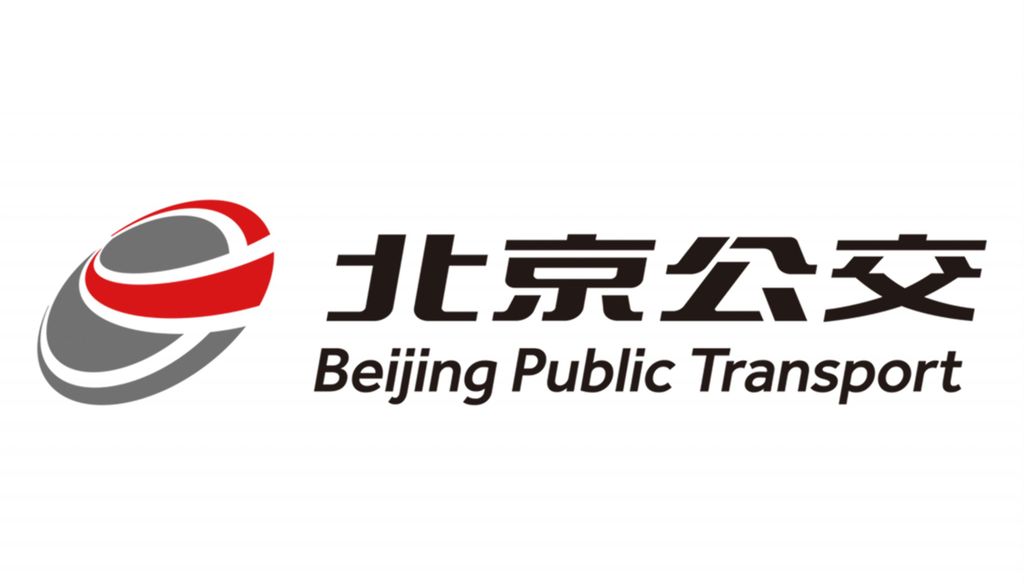
Beijing's new intelligent bus operations control centre
Beijing Public Transport Corporation
The objective of the project was to improve efficiency and reduce costs by deploying intelligent transport systems and improving resource management and allocation.
Previously, operation control personnel were scattered across 700 bus depots. These were commanding and dispatching vehicles face-to-face, involving a large number of dispatchers and labour costs.
At the same time, the operation control system was much needed to digitally upgrade the network with smarter decision making and more comprehensive monitoring.
Innovative features
Intelligent in operation
Powered by BeiDou Navigation Satell, the latest bus operation control system with advanced optimisation algorithms and artificial intelligence, as well as a more data-driven scheduling process.
Large in scale
More than 700 bus depots, over 1,000 bus routes, and over 3,000 dispatchers were involved.
Difficult in deployment
The project generated a chain of changes in our organisational structure, from operational regulations and control processes, to the reallocation of resources like personnel, vehicles, bus routes, bus depots, among other things.
Impact features
The number of controlled vehicles and bus routes under each dispatcher has doubled and the number of dispatchers has halved. Based on the huge amounts of data we gather, we can monitor and analyse the operation of each centre.
Such reforms will allow for better allocation and sharing of resources, including drivers and vehicles, across a larger area. For example, we can use large-capacity vehicles, like articulated vehicles, during peak hours and use smaller vehicles during low-peak hours.
Plus, if there is an unexpected emergency or a shortage of drivers or vehicles, the routes within the regional operation control centre can complement each other.
